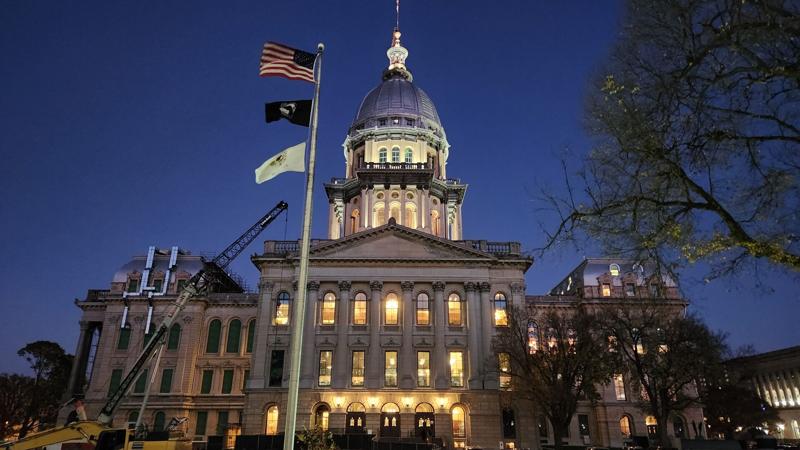(The Center Square) – As fiscal conditions tighten going into 2024, a new analysis shows Illinois’ budget reserves are among the lowest in the nation.
According to Pew Charitable Trusts, rainy day funds hit all-time highs in 38 states at the end of fiscal year 2023, including in Illinois. But most states expect their total financial cushions to decline by the end of the current budget year.
After consecutive years of sizable increases, states’ combined rainy day funds decreased by over $4 billion in fiscal 2023 from fiscal 2022’s record high to $160 billion, according to estimates collected by the National Association of State Budget Officers between February and May of this year.
Page Forrest, senior associate with The Pew Charitable Trusts’ state fiscal policy project, said the pandemic had a big impact on states’ budgetary decisions.
“States really took advantage of the upswing in revenue that we saw in fiscal 2021 and 2022 and used that to put a substantial amount of funds in their reserves, which is why we are still seeing those record levels,” said Forrest.
At the lowest point in 2017 during Illinois’ budget impasse, the rainy day fund had only $48,000, which would fund the state for less than 30 seconds.
In November, State Comptroller Susana Mendoza deposited $11.5 million into the state’s Rainy Day Fund, bringing the total to $2.005 billion.
Despite the improvement, Forrest said Illinois is still ranked 47th in the country on the amount of days the government could run on the rainy day fund.
“They could run for almost two weeks now, however for context, the median capacity for a state is 46 days, so Illinois is still lagging substantially behind the national median,” said Forrest.
On the other hand, Wyoming’s state government could run 306 days on its rainy day fund.
The analysis points out that there is no one-size-fits-all rule for states on when and how much to save. Pew’s research shows the optimal savings target of state rainy day funds depends on several factors, including the defined purpose of the funds, changes in state’s tax revenues and the potential increase in spending during economic hard times.







